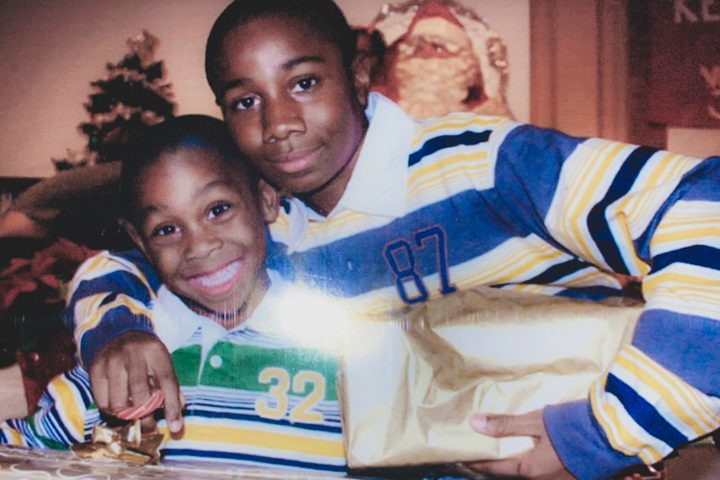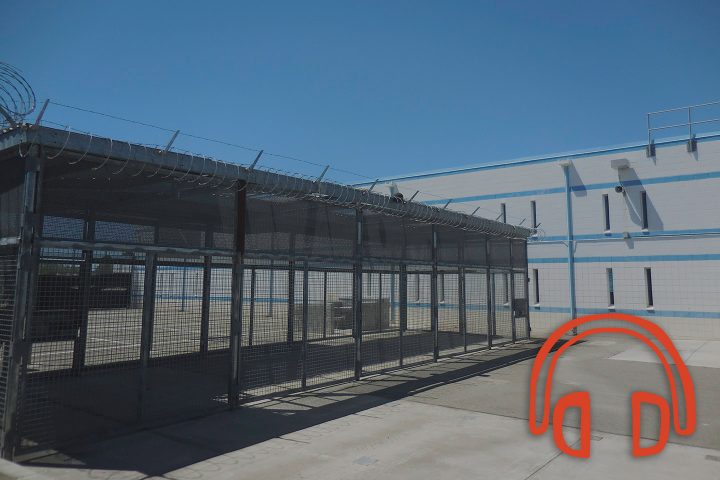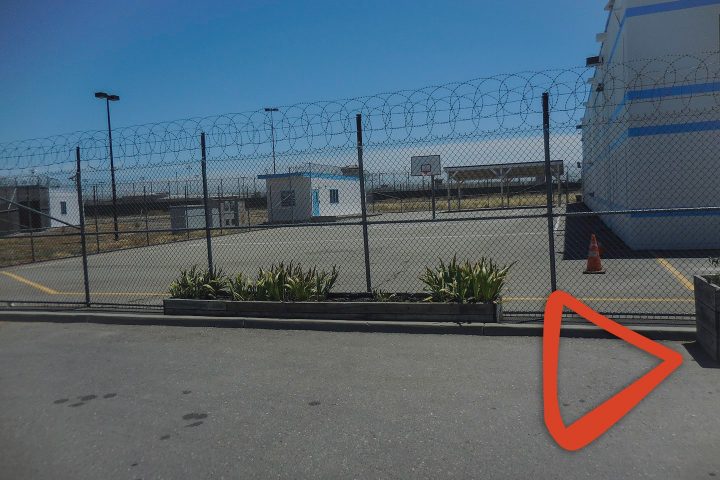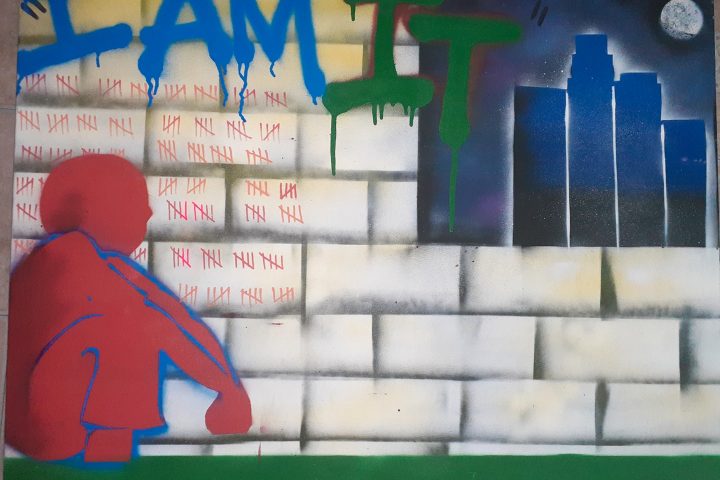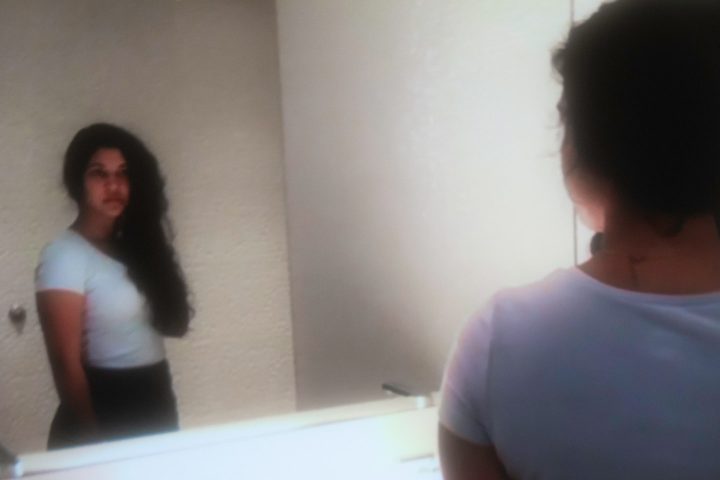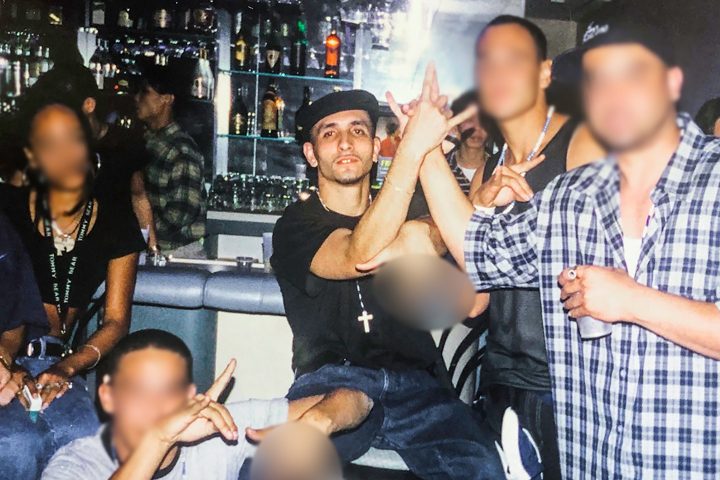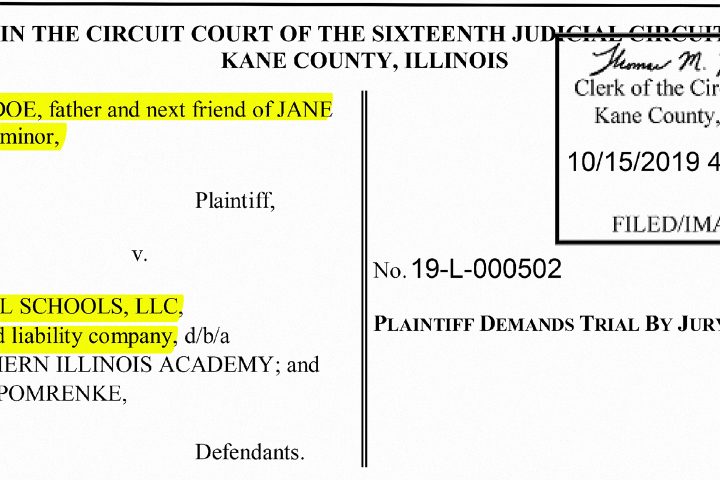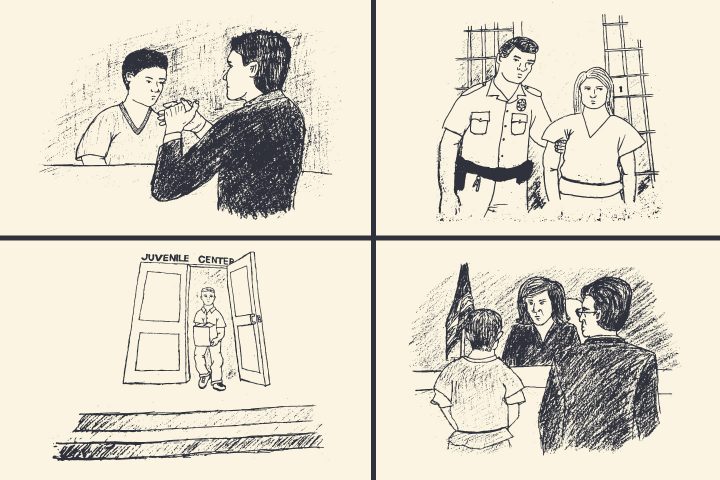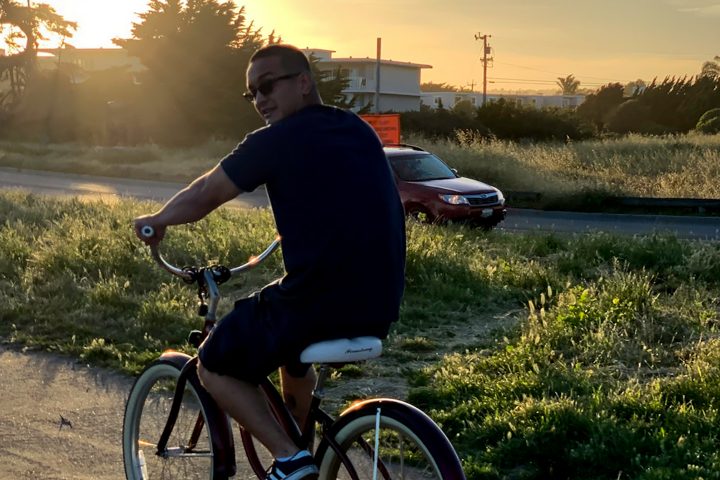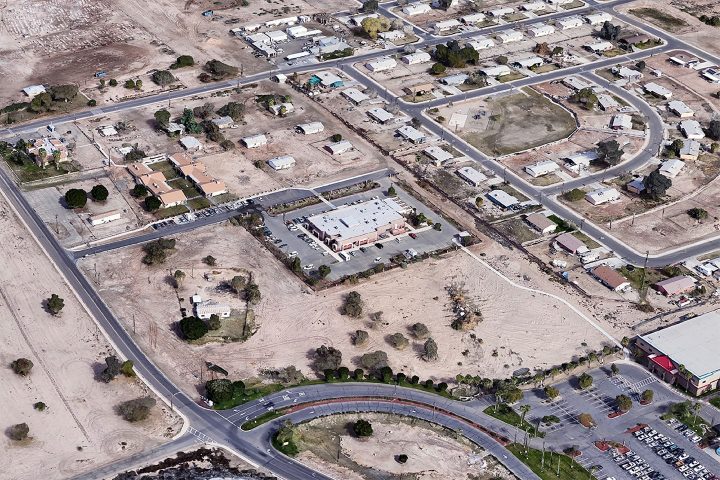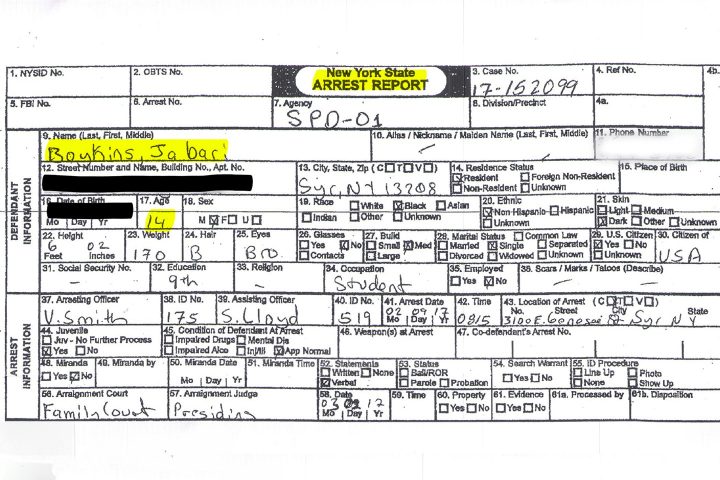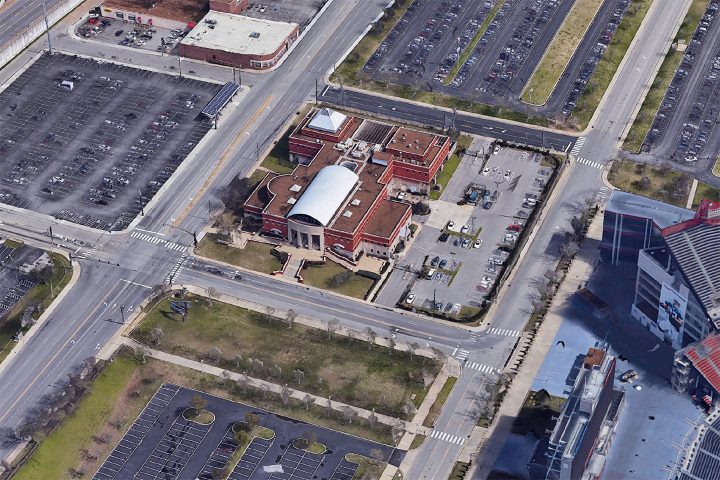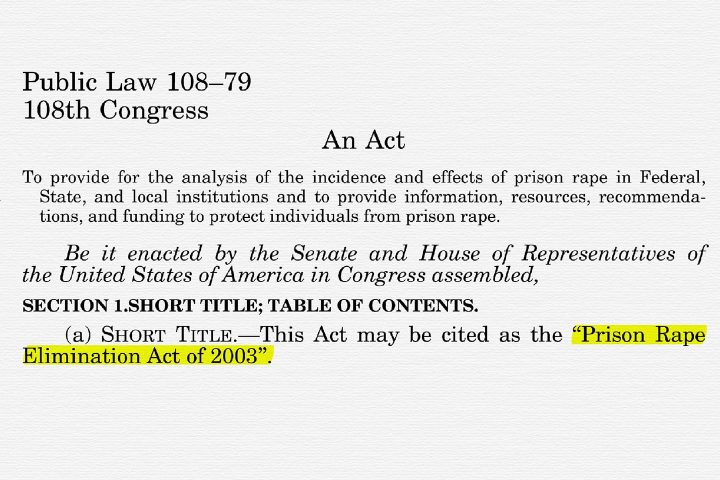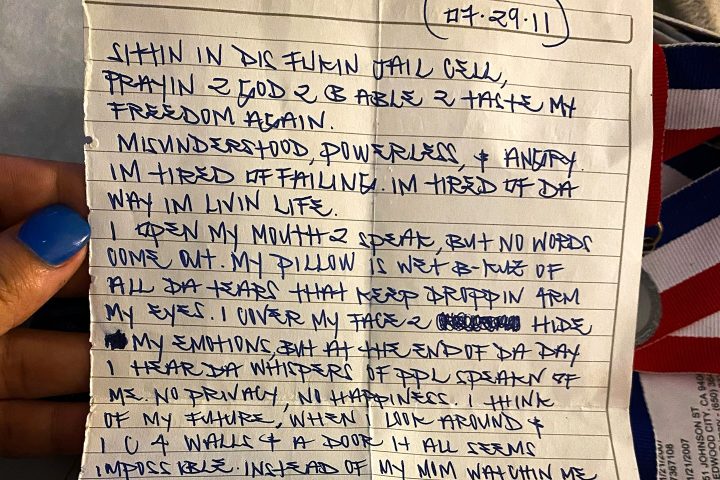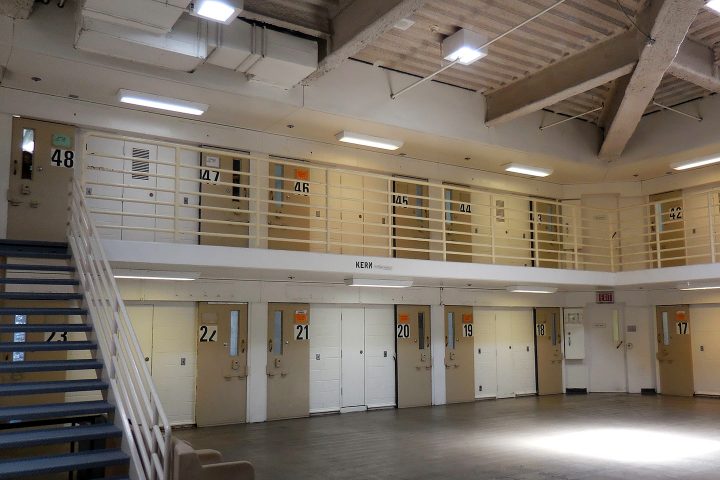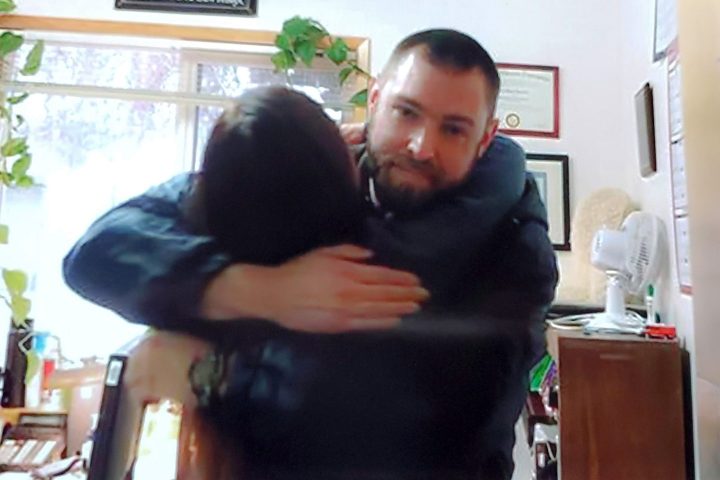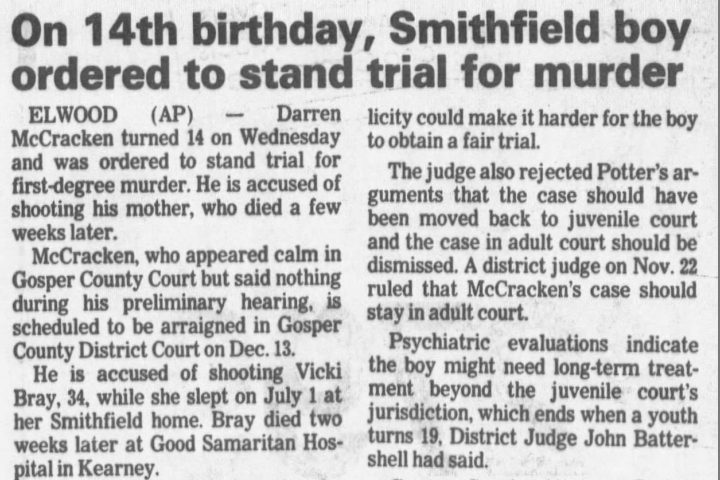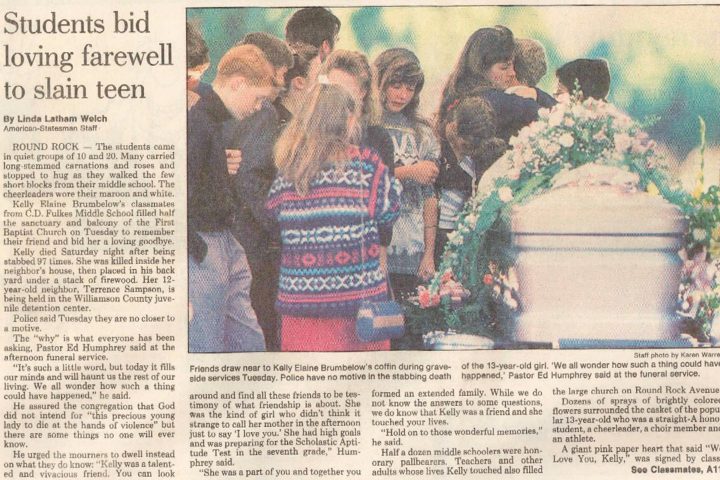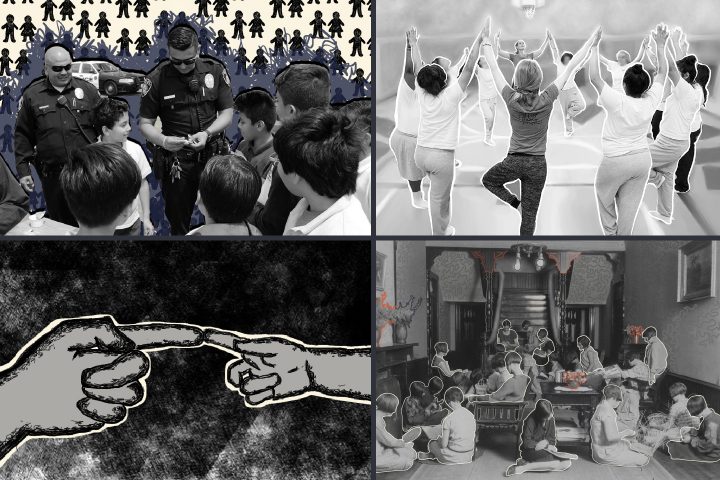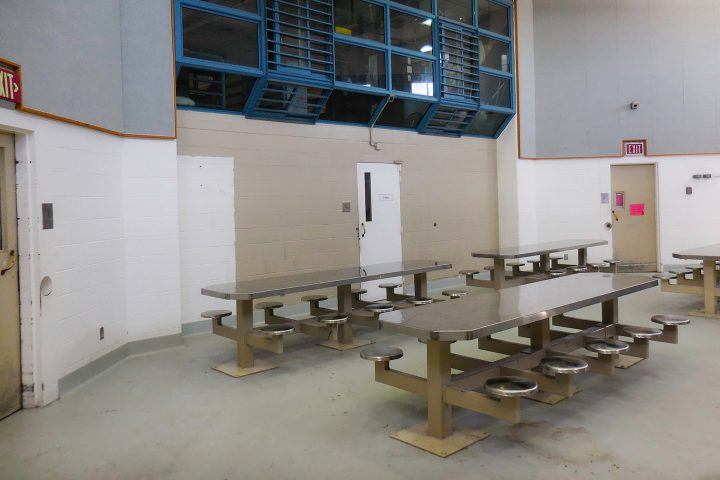Dear News21 partners,
Thank you for your interest in the News21 project on juvenile justice. This year, due to COVID-19, our fellows were prohibited from reporting in the field. What you will see, is that our project was done entirely remotely, including our photo and video content. Our fellows and staff found innovative ways to produce a multimedia package of 23 main investigative and explanatory stories, 35 additional reports with photo illustrations in our Extras blog, plus seven, 30-minute podcast episodes and several video stories.
Thank you,
News21 Staff
Branding
We ask that partners list the following information when publishing content from the project.
Bylines and credit lines
Please include bylines of individual fellows whose work you publish, which are listed at the top of each story. For example: Jane Doe | News21. In addition, we appreciate your inclusion of the credit lines that you’ll find at the bottom of all stories sent to you. These acknowledge our contributing reporters.
Linking
We also appreciate a link to the full project. For example:
This report is part of Kids Imprisoned, an investigation of juvenile justice in America produced by the Carnegie-Knight News21 program. For more stories, visit kidsimprisoned.news21.com.
You may want to provide a fuller explanation of the project with the link, as follows:
About this project: This report is part Kids Imprisoned, a project produced by the Carnegie-Knight News21 initiative, a national investigative reporting project by top college journalism students and recent graduates from across the country. It is headquartered at the Walter Cronkite School of Journalism and Mass Communication at Arizona State University.
Logos
Download the Kids Imprisoned logo and News21 logo packs for svg files.
Multimedia
Videos
Click the link for each video under each budget line and then scroll down to find the “download” button. This will allow you to download the video file for use in your own video player or generate an embed code for your website.
Data visualizations
Please download this document for embed codes and instructions on data visualizations.

